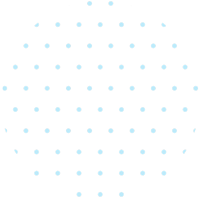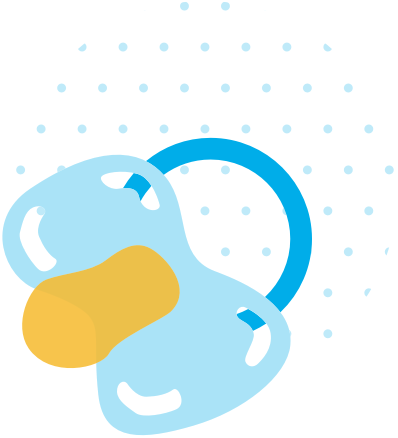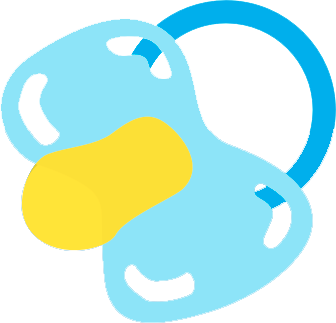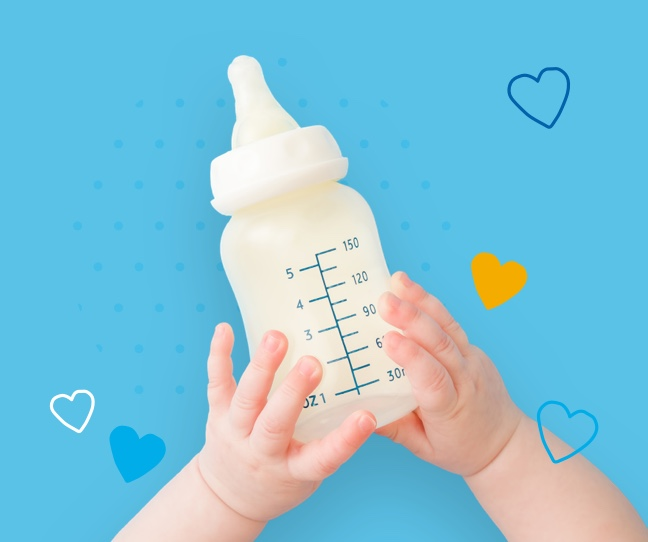Breastfeeding is best for babies
Thank you for visiting our website. The content is only for healthcare professionals so we cannot grant you access.
Please read this important notice first
By clicking the continue button, you will be able to view information about Similac infant milks and other products. If you choose to proceed, you are accepting that Similac is supplying this information at your individual request for information purposes. Please consult a healthcare professional to make an informed choice on feeding your baby milks & weaning onto solid foods.
Breastfeeding is best for babies and provides many benefits. It is important that, in preparation for and during breastfeeding, you eat a healthy, balanced diet. Combined breast and bottle feeding in the first weeks of life may reduce the supply of your own breast milk, and reversing the decision not to breastfeed is difficult. The social and financial implications of using an infant milk should be considered. Improper use of an infant milk or inappropriate foods or feeding methods may present a health hazard. If you use an infant milk, you should follow manufacturer’s instructions for use carefully – failure to follow the instructions may make your baby ill.
I do not wish to continue
Common Breastfeeding Problems and Solutions
Breastfeeding can be a comfortable and relaxing bonding experience when everything goes well. Unfortunately sometimes it doesn’t. Initially, you might feel physical pain or discomfort when you breastfeed, which can make feeding your baby difficult and frustrating.
The following is an overview of some breastfeeding problems and possible solutions. If you are continuously having nursing problems or experiencing any difficulties not covered here, please contact your healthcare provider.
.png)
Here are some common reasons why breastfeeding may become difficult:

Health considerations
Breastfeeding is easiest when both you and your baby are comfortable. It is common to have some pain or discomfort when your baby first latches on and begins feeding.
For many women, nipple soreness can be caused by:
- Feeding technique
- Poor nipple care
- Teething baby
- Breastfeeding position

Try these tips…
01.
Your teething baby may bite and chew your nipples to find relief. Giving them something cold and wet to chew on a few minutes before breastfeeding may help, such as a clean, wet washcloth from the fridge.
02.
If your baby continues to suck when coming off the breast, you can help them learn to release (and reduce your discomfort) by gently inserting a finger into the side of their mouth to break the suction.
03.
Trying different breastfeeding positions also can help relieve pain. Learn more by visiting our Breastfeeding Positions guide.

Engorged or "full" breasts
Engorgement is caused by swelling congestion of the blood vessels in the breast, and the arrival of milk, which can cause the breasts to become swollen, hard, and painful.
The nipples cannot protrude to allow the baby to latch on correctly, perpetuating the problem and making nursing even more difficult.
Pain, stress, and anxiety can interfere with the letdown reflex, resulting in milk buildup.
The treatment for breast engorgement includes:

Learning to relax and finding a comfortable position

Nursing often (eight times or more in 24 hours) and for at least 15 minutes at each feeding

Expressing milk manually or with a pump

Alternating between taking warm showers and using cold compresses to help relieve the discomfort
Breast milk shortage
Your baby's demand and your body’s natural ability to produce will determine your supply. Frequent feedings, adequate rest, good nutrition, and sufficient fluid intake can help maintain a consistent feeding ability. If you have concerns about how much breast milk your baby is getting, talk with your healthcare provider.

Plugged milk duct
Plugged milk ducts are common. A milk duct can become plugged if the baby does not feed well, if the mother skips feedings (common when the child is weaning), or if she is wearing a constricting bra.
Occasionally, a tiny white dot can be seen at the opening of the duct on the nipple. Massaging the area and putting gentle pressure on it can help to remove the plug. Get extra sleep or relax. Sometimes a plugged duct is the first sign of a mother who is doing too much.
Symptoms of a plugged milk duct include:
- Tenderness
- Heat and redness in one area
- A lump that can be felt close to the skin


Breast infection
A breast infection (mastitis) causes aching muscles, fever, and a red, hot, tender area on one breast. Consult your healthcare provider if you develop these symptoms. Continuing to nurse from the affected breast will promote healing, and does not harm your baby. If nursing becomes too uncomfortable, pumping or manual expression is recommended.
If you’d like to find out more about how you could make breastfeeding more comfortable, please refer to our guide to breastfeeding positions.
Reference: https://similac.com/baby-feeding/breastfeeding/common-problems
https://www.nhs.uk/conditions/pregnancy-and-baby/problems-breastfeeding/

Similac® Support
Friendly advice at your fingertips

This website and the information contained herein is intended for use by residents of the UK. The product images are for illustrative purposes only.
©2024 Abbott Laboratories Limited. All rights reserved. Registered Number: 329102 England Registered Office: Abbott House, Vanwall Business Park, Vanwall Road, Maidenhead, Berkshire SL6 4XE
Date of preparation: August 2020









